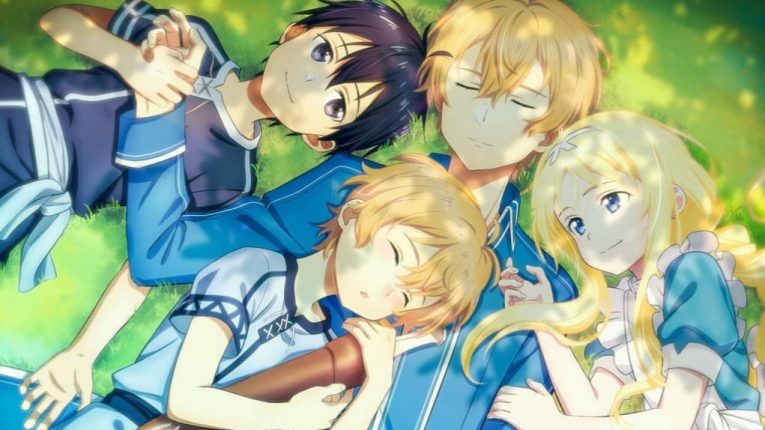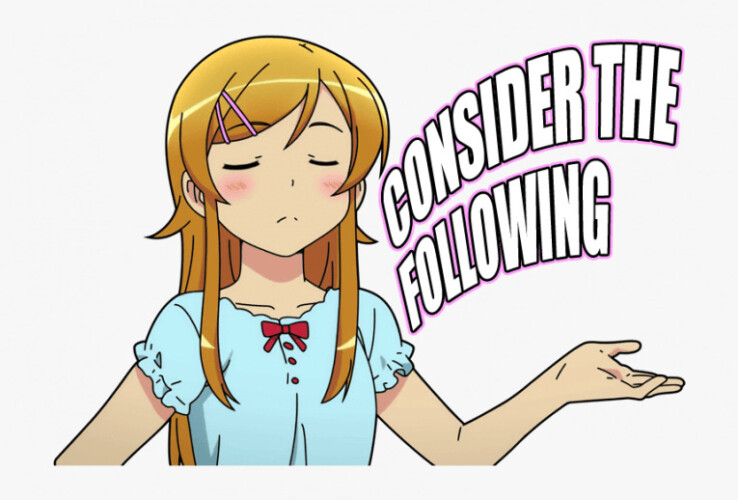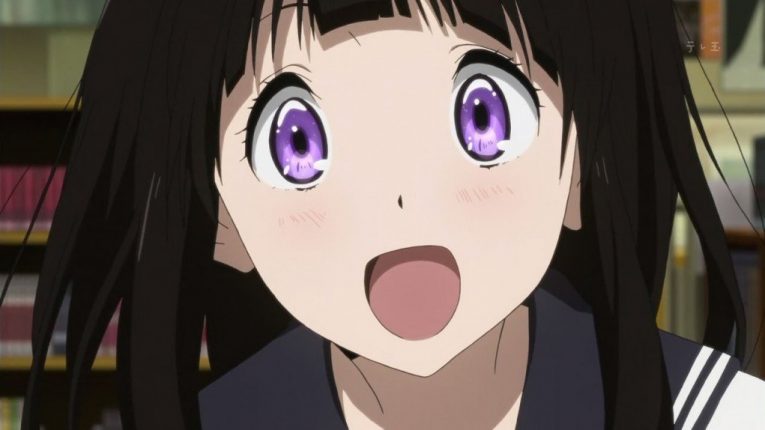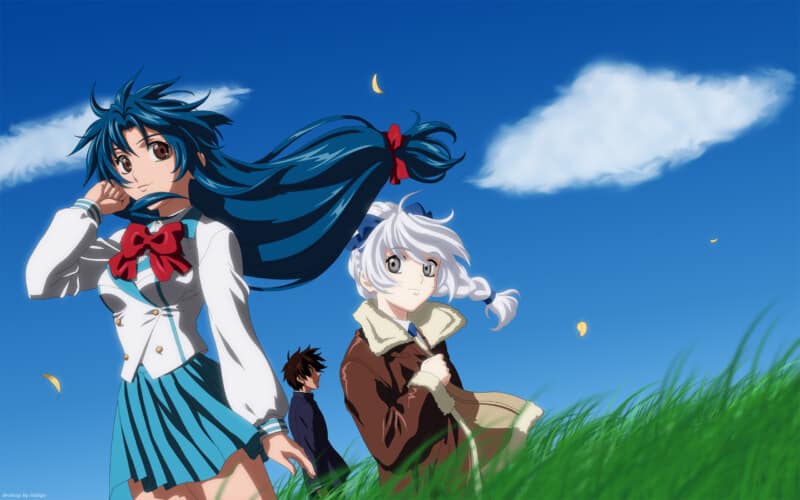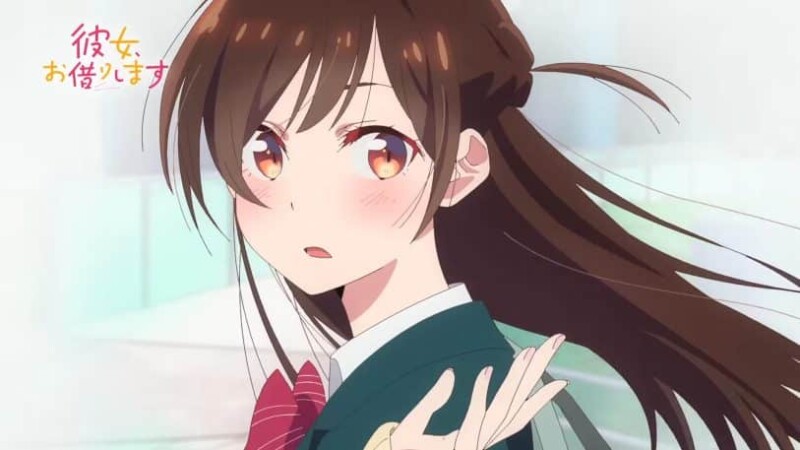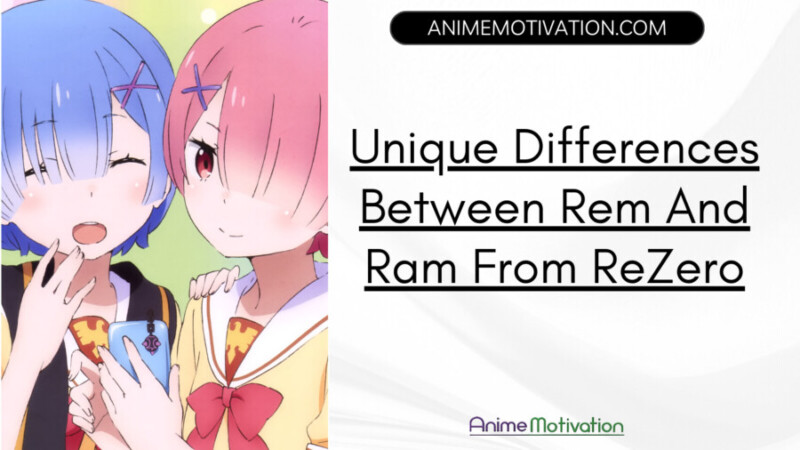The famous anime male gaze. If you’ve been in the anime community for long enough you’ve heard the term being used or misused.
A lot of the time it comes up in conversations about:
- Fanservice.
- Controversy with female characters.
- Certain types of anime shows.
And it’s almost always driven by Twitter and blown up further by YouTube if at all by the clickbaiters and those who exaggerate the opinions of the few on Twitter.
The anime male gaze itself has nothing to do with anime as far as historical relevance. The term existed long before anime came into the picture.
Anime being popular in the 21st century is where the “anime male gaze” idea came from.
What is the male gaze?

According to Wikipedia:
“In feminist theory, the male gaze is the act of depicting women and the world, in the visual arts and in literature, from a masculine, heterosexual perspective that presents and represents women as sexual objects for the pleasure of the heterosexual male viewer.”
The historical context according to Panmacmillan:
“In 1975, film critic Laura Mulvey coined the term ‘the male gaze’. It refers to the presentation of women in visual arts and literature from a male, heterosexual perspective where women are depicted as sexual objects for the pleasure of the male viewer. Men have agency; women are passive and dehumanised.”
Feminist theory is just that. An idea.
As for the historical context, this is what truly matters.
It all started in 1975 when equality among men and women was drastically different to what it is today. Even as far as portrayal in media and so on.
How does the male gaze relate to anime?
The general idea of the anime male gaze is:
- Female characters in anime being sexualized for the male audience.
- Female anime characters being
sexy and nothing more. - Female characters having no personality but plenty of boobs and sexual attraction.
- Fawning over male characters.
- Awkward camera angles.
- Women being dependent on males and having no agency, personality, and so on.
Depending on where you look online you’ll find a mix of accusations like:
- It’s misogynistic.
- It’s sexist.
- It gives men the wrong idea.
- It teaches men to mistreat women.
- It gives men the wrong expectations of women.
- Most female characters are badly written.
Let’s give context and answer the question of whether it’s a good or a bad thing, or genuine overall.
1. Female characters in shonen
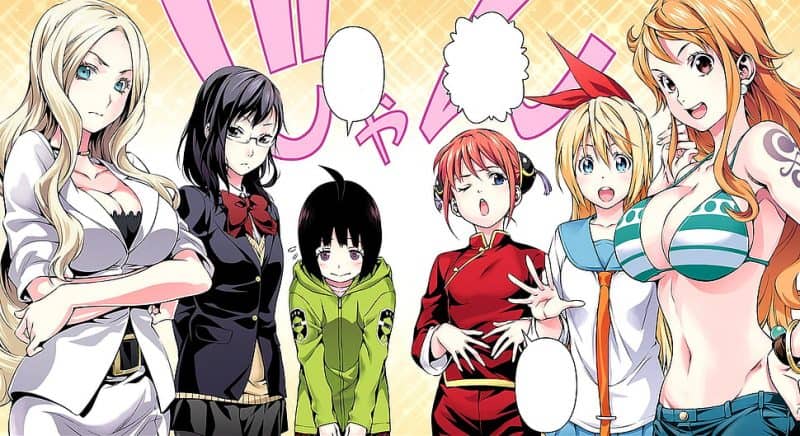
Shonen (or
In fact 9/10 the criticism is related to
The reason being:
- Shonen is the most popular anime genre.
- Its been the most famous genre of anime since the 1990s.
- Many controversies come from
Shonen . - It’s consistently in the news.
- People are always talking about it.
Shonen is something you can’t get away from, and this is where feminists or just women in general have the most to say about the “male gaze”.
In this case, it’s both objective and subjective, here’s why.
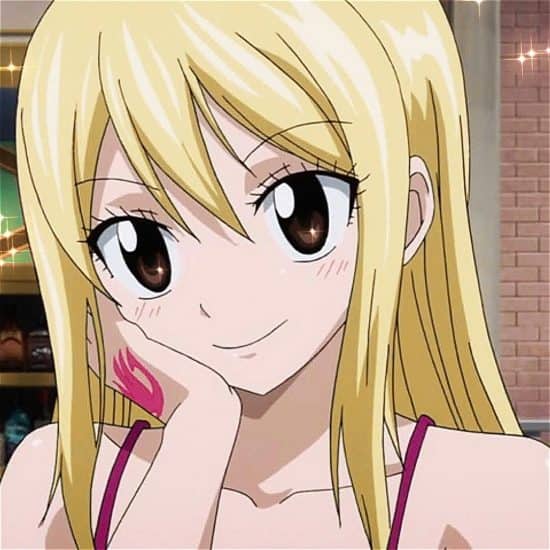
If we focus on a gorgeous character like Lucy Heartfilia from
Similar to Erza, Lucy is of course seen in lingerie at times and is definitely shown to “show off” her sexiness in an aesthetic sense. But Lucy also has a real backstory, feelings, emotions, and characteristics.
Examples:
- Lucy joins the
Fairy Tail guild not just to be a wizard, but because she ran away from home. - Her family life despite growing up privileged is complex, painful, and full of neglect on her father’s part.
- Despite Lucy’s confidence and tendency to flex at times, she’s shown to be down to earth, caring, and empathetic more than most.
- She sees people for who they are, is forgiving, and is willing to give others a chance to fix their mistakes before moving forward.
- She’s a vulnerable character who also slowly but surely progresses in the series (strength-wise).
- She’s responsible for saving the guild or other characters many times because of her smarts, knowledge, or otherwise (Tartaros).
- She’s the backbone of the
Fairy Tail guild regardless of how strong she is initially.
These are just a few points about Lucy’s character, characteristics, and elements that make her more than just a “fanservice” character that people mistakenly accuse her of being.
Same is true for Erza, Mirajane, and the usual suspects (less true for Juvia).
If we’re going by the logic of it being “male gaze”, this alone destroys the male gaze argument from an objective standpoint.
It also proves bias and cherry-picking since many critics ignore these clear details and distinctions in favor of what they feel instead of the whole picture.

On the other side of the fence, you have anime that is more deliberate and less controversial when making the point of female characters and how they’re written.
Jujutsu Kaisen is more of a “safe” choice for
You have:
- Nobara Kugisaki.
- Maki Zenin.
- Useless Miwa (sarcastic name).
And the other female side characters who play a good role as far as challenging the so called male gaze and stereotypes of women.
It’s not that
Also, anime like Slayers in the 1990s were already writing
Recommended: Lucy Heartfilia Character Analysis
2. Female characters in Shoujo
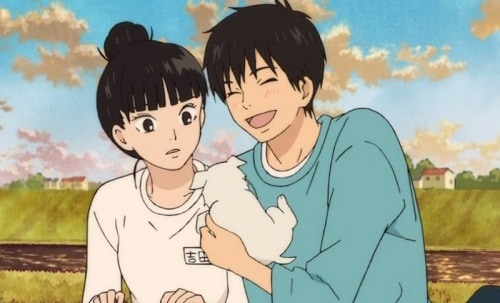
On the flip side, you have Shoujo, a genre dedicated to female leads. The men of these series are less important (not literally) and are never the main focus of the series.
If Male Gaze means
If anything it’s the other way around. Male characters in Shoujo tend to:
- Have long ass eyelashes.
- Are more feminine.
- Are softer (I don’t mean that as an insult).
And generally speaking, are less aggressive, so-called manly, or masculine when compared to
Maybe this is a reflection of the female audience wanting these features in a man, which is reflected in the anime’s writing style and
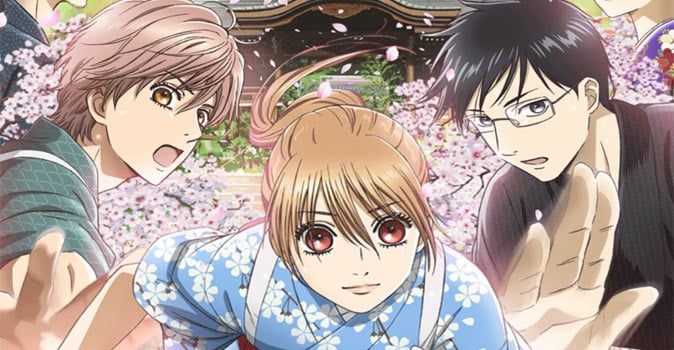
Classic examples can be seen in:
- NANA.
- Skip Beat.
- Fruits Basket.
- Chihayafuru.
- Maid Sama.
And similar shows in the dozens.
In this case, it’s more of a “female” gaze than anything. And even if you agree with that or you don’t it’s not surprising why Shoujo never comes up in conversation when talking about the male gaze and how bad it is.
Shoujo is admittedly more positive even if you don’t use the word positive in a literal sense. So it’s less likely to stir controversy or big debates on the internet in general.
3. Female characters in Slice of life /romance anime
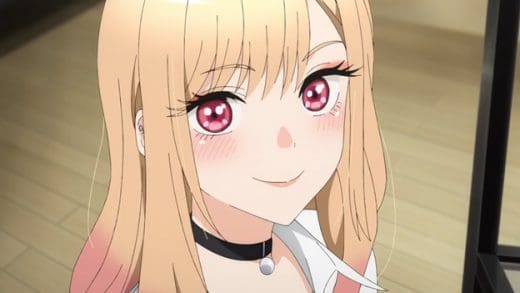
Slice of life anime is more relaxed, chilled, out of the way, and less dramatic as a general rule when compared to other genres. That can change when mixed with other genres (Miss Kobayashi’s Dragon Maid) but still.
Romance is a mixed bag. So many
My Dress Up Darling is an example of this type of
Marin Kitagawa is presented in a respectable setting as fans of the
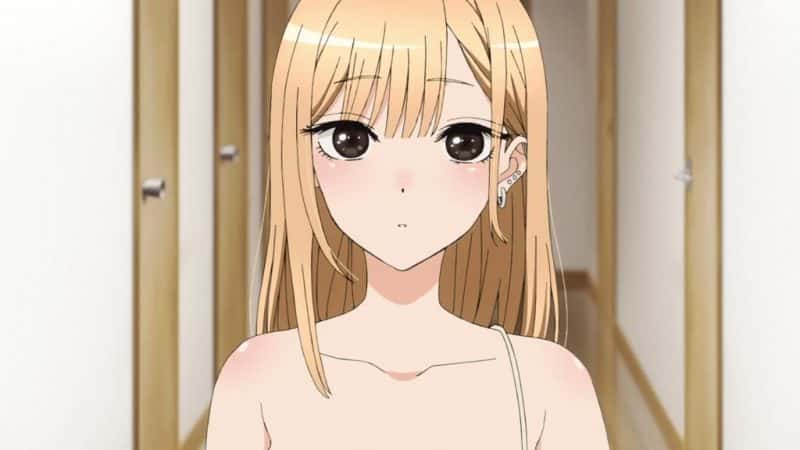
Objectification can only be done by the viewer in this case since cosplay is the point of the series and we’d see similar imagery if it happened in the real world. And that shows that the concept itself isn’t inherently bad or good.
It comes down to the viewer.
But the majority of anime don’t fall into this when talking about
This is a testament to my point earlier about the whole concept being mostly related to
4. Harem/Ecchi Female characters

This is an obvious genre and there’s no arguing with it. It’s made exclusively for men, young men in particular, and can be considered wishful thinking in the way that it’s written.
In fact, I’m gonna do a whole post about it.
Harem and Ecchi are some of the worst anime genres statistically, which I’ve talked about before, and the extremes when it comes to
It deserves criticism in this case as a general rule.
Depending on the viewer though harem and
Also though the genre has a target audience. I’m of the mind to ignore something you don’t like instead of complaining about it and wanting to change someone else’s idea of fun.
5. Female characters in Isekai /fantasy
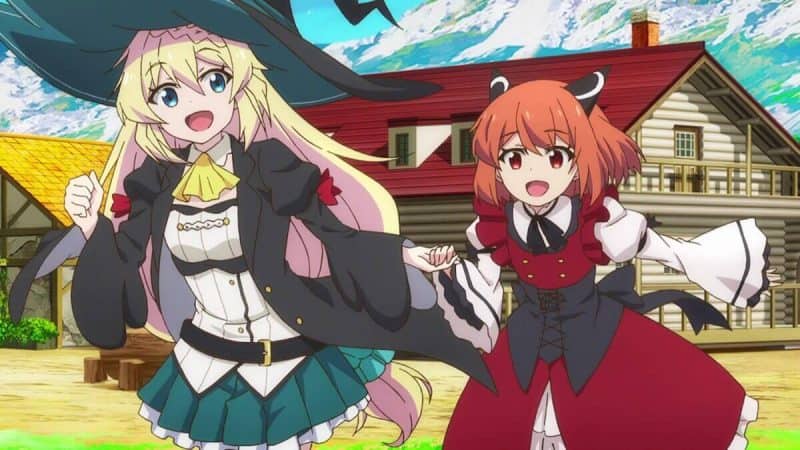
This genre tends to crossover into the harem side of things, but even without it there is an element of “male gaze” and a perfect example is the series
A more literal example would be Harem in the Labyrinth of Another World.
Even if this is true that doesn’t make it bad, it makes it not suited for female viewers in the same way Yaoi isn’t suited for straight guys who like anime or
Isekai is a bit complex for the amount of anime that are out there, their focus, the main characters, and certain aspects with the female characters, but I wouldn’t call this genre the worst for female characters in the context of this article.
The fantasy genre by itself is pretty solid,
6. Female characters in action/psychological/Seinen anime
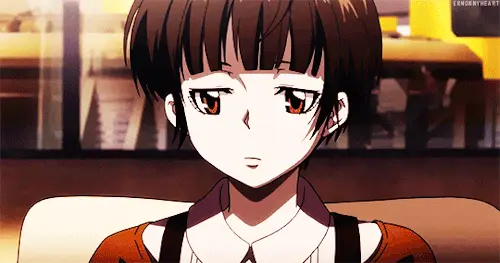
And then there are female characters in the action/psychological style of anime. Psycho Pass is one of the best anime of all time for its female character Akane Tsunemori.
She’s a class act. A stellar character in her own right and the way she’s written shouldn’t be underestimated regardless of her gender.
Guardian of The Sacred Spirit is another anime in this genre, though it’s also fantasy. Balsa Yonsa is one of my favorite female characters for a reason aside from Akane Tsunemori.
Black Lagoon and Jormungand are another pair of action anime that has the perfect balance when it comes to its female characters who are more than their physical features.
When the anime is strictly action or
Is the anime male gaze misogynistic?

Misogyny is the hatred of women. Meaning men who would take pleasure in:
- Hurting.
- Harming.
- Killing.
And making women unhappy to prop themselves up at the woman’s expense. It’s that simple.
Regardless of the validity or arguments around the idea of “male gaze”, calling it misogynistic is absolutely ridiculous and plain silly.
In fact, it’s comedic.
If we’re gonna have a serious conversation about this we have to first destroy the deliberate shaming, insults, guilt-tripping, and childish accusations people use because they have no real argument or smarts to debate it.
Does anime’s male gaze affect the image of women?
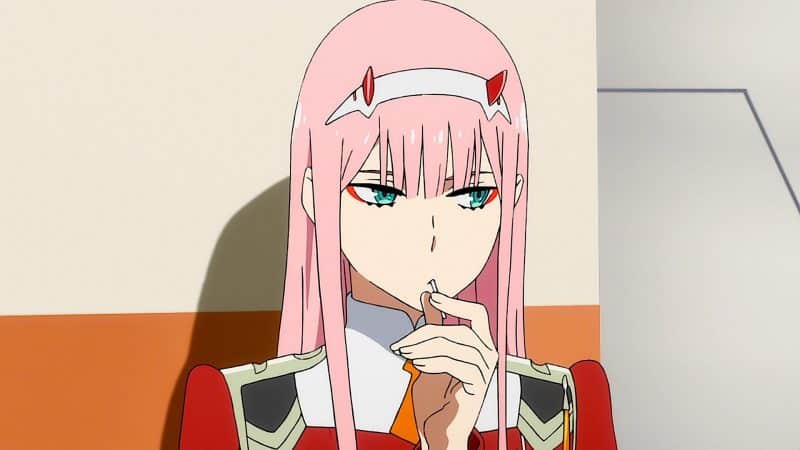
This is a common question and statement that’s brought up when talking about the anime male gaze,
The serious straightforward answer is no. The more involved answer is this.
The thought of the majority of male fans somehow being brainwashed and made to see and mistreat (and exaggerate) how women should behave because of a fictional piece of content is insulting at best.
Insulting to the male fans of these series who some critics make sweeping statements about as if they’re all of one mind and have no intelligence to distinguish between right, wrong, or obvious gags and exaggerations in anime.
It’s the equivalent of saying violence in anime will cause fans to go on serial killings because they watched
It’s the video game argument all over again, and we all know how that played out as this “giving men the wrong idea” argument is also subjective, and not rooted in facts, data, statistics, or observations in the 1000s or millions.
–
And that’s pretty much the end of it.
I wanted to talk about it in the most general way possible without spending too long on each point.
The bottom line is this “male gaze” criticism isn’t a hard rule, it doesn’t apply to all anime or genres, is usually used in a hyperbolic way, and it isn’t inherently good or bad to have it.
Context is king, and that’s how it should be approached instead of lumping everything together and being overly dramatic because it’s easy to.
Recommended videos:


Recommended Reading:
The Difference Between Good Vs Bad Fanservice, And Why It’s Necessary



